Summary
The Sacred Status of Cats in Egyptian Mythology
Cats held a special place in Ancient Egyptian culture, revered for their grace and mysterious demeanor. They were more than just domestic companions, but symbols of divine protection. Egyptians believed that cats carried the spirit of Bastet, the goddess of home, fertility, and childbirth. With their perceptive eyes that could see in the dark, cats became guardians against unseen threats. Temples were homes to these sacred animals, where priests cared for them as embodiments of deity. Artwork from the time depicts felines sitting beside royalty, implying their high status. Cats’ remarkable ability to kill vermin that threatened food supplies further elevated their divine role, intertwining practical virtues with supernatural beliefs. Cats in Ancient Egypt were a very important symbol that deserves further analysis.
Get your dose of History via Email
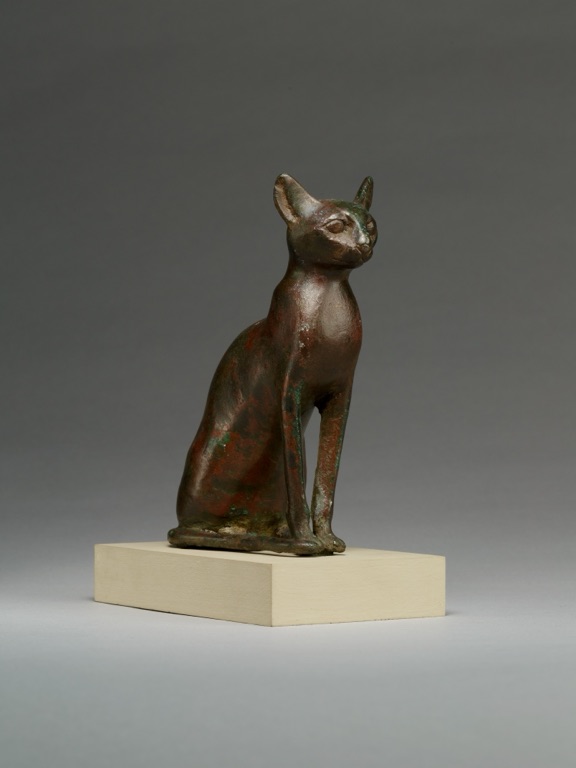
Cats as an Integral Part of Egyptian Society and Afterlife
Cats captured the hearts of Ancient Egyptians to the extent that harming them was a severe crime. The bond between cats and humans was so strong that upon a pet cat’s death, families would mourn as for a human relative. They practiced elaborate burial rituals, mummifying cats and placing them in family tombs or cat cemeteries. This not only showed love for their companions but also a deep-seated belief in the afterlife. Cats were meant to accompany their owners beyond this world, offering protection against evil spirits. Archaeological finds, like the vast cat cemetery in Bubastis, show thousands of cat mummies, attesting to the reverence Egyptians had for their feline friends. Their adoration has survived through the ages, making the history of cats in Ancient Egypt a captivating tale of spirituality and society.
Cats in Ancient Egypt
The Divine Felines
Cats secured a special place in the heart of Ancient Egypt. They were more than pets; they were sacred symbols. Egyptians praised cats for their grace and poise. The culture revered them as guardians of underworld secrets and protectors against evil spirits. Cats were often depicted in art and sculpture with graceful lines and keen eyes. The goddess Bastet, a figure with the head of a lioness or a domestic cat, exemplified their divinity. She was the deity of home, fertility, and childbirth, embodying the protective nature of felines.
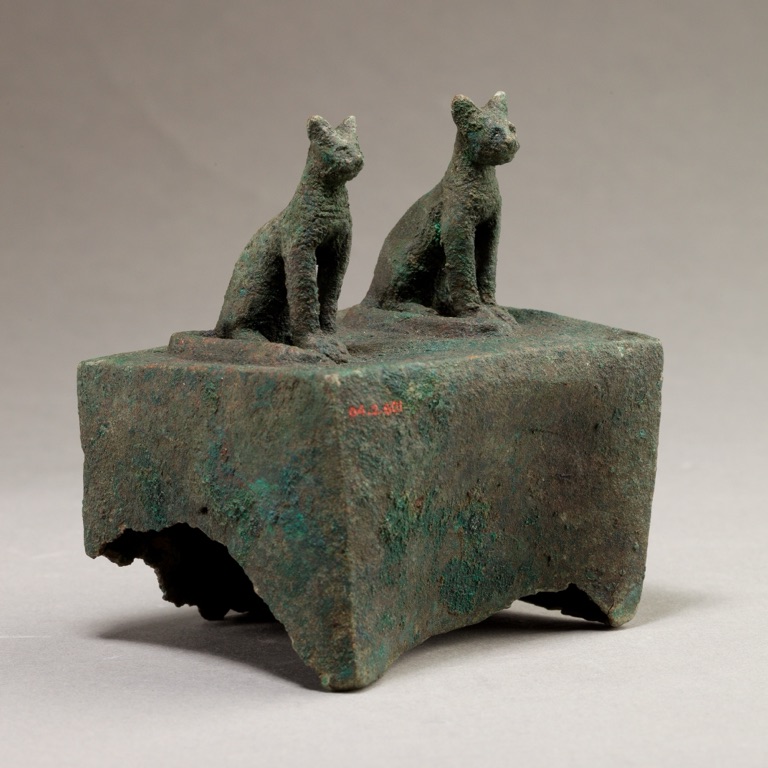
Cats as Protectors and Hunters in Ancient Egypt
Beyond their religious significance, cats played a practical role in ancient Egyptian society. They were expert hunters, valued for their skill in keeping homes and granaries free of pests. This was critical in a civilization that heavily depended on agriculture. Cats’ natural instincts to chase and hunt mice and rats protected the food supply. Their presence ensured crop storages remained intact through the seasons. Egyptians observed their cats’ traits and behaviors closely, linking their vigilance and agility to the gods.
Sacred Preservation and Mourning
When a cat passed away in ancient Egypt, it was a time of genuine mourning. Families showed their grief by shaving their eyebrows as a sign of sorrow. Preserving the sanctity of these creatures extended even after death. Many cats were mummified and buried with care, just as humans were. These practices highlight the reverence and respect Egyptians had for their feline companions. The presence of cat mummies in tombs also signifies the everlasting bond between the people and their cherished animals.
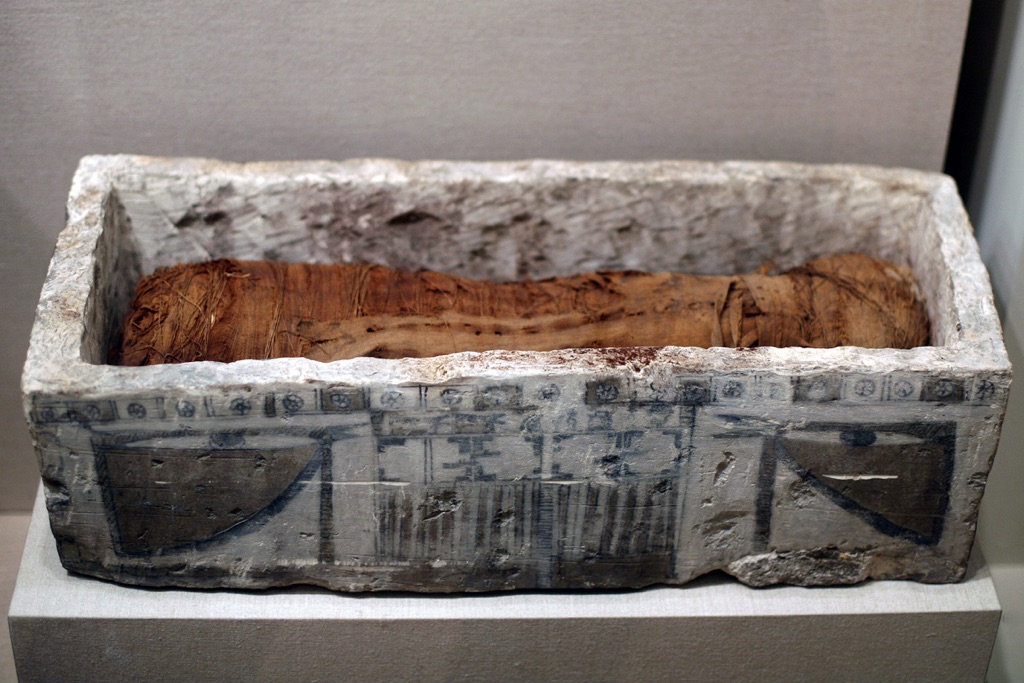
Symbolism and Religious Significance of Cats in Ancient Egypt
Universal Symbols and Their Meanings
Throughout history, symbols have served as a universal language. They carry deep meanings across cultures. Take the circle, a symbol of unity and infinity. It appears in religious art, representing eternity without beginning or end. Water often signifies life and purity. Similarly, the lotus flower emerges from muddy waters. It symbolizes purity and enlightenment, especially in Eastern religions. By understanding these symbols, we enrich our view of the world’s spiritual traditions.
Sacred Symbols in Rituals
Symbols play a vital role in religious rituals too. In Christianity, the cross symbolizes sacrifice and salvation. It’s central to its beliefs. The Jewish Star of David stands for divine protection. It recalls the biblical shield of King David. Hinduism uses the Om sign. It signifies the universe’s rhythm and the essence of life. These symbols are not just images. They are tools for connecting believers to a deeper reality. They act as bridges between the physical and spiritual worlds.
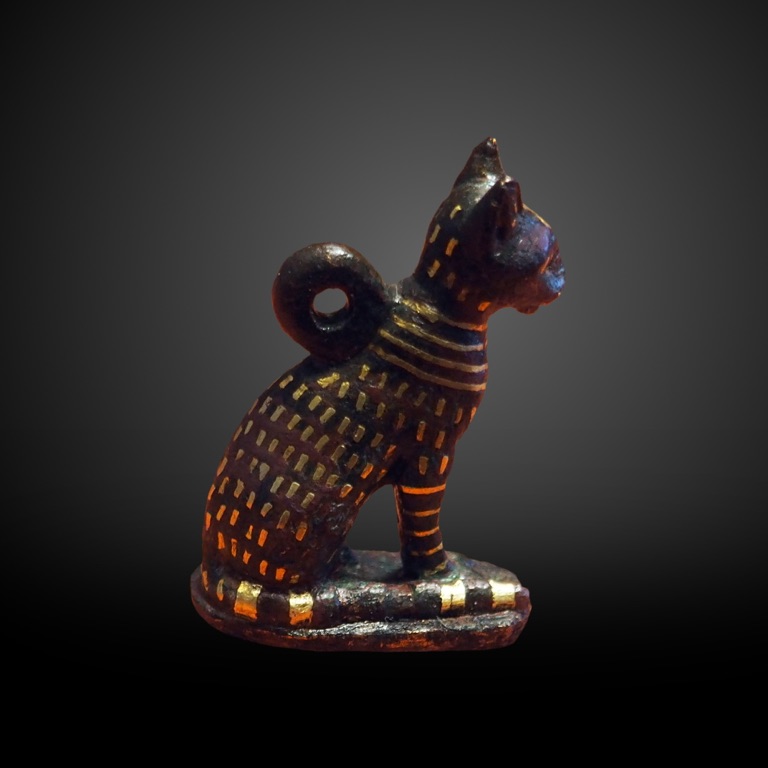
Cultural Impact on Symbolic Interpretation of Cats in Ancient Egypt
Our understanding of symbols is shaped by culture. The same symbol can mean different things depending on where you are. Take the swastika. In the West, it’s a symbol of hate due to its association with Nazism. But in Hinduism and Buddhism, it’s a sacred sign of luck and auspiciousness. Being aware of these contexts is key. It prevents misunderstandings and promotes respect for diverse traditions. Through symbols, we glimpse the shared concerns and distinct differences in our search for meaning.
Depictions of Cats in Egyptian Art and Literature
The Symbolic Felines in Ancient Hieroglyphs
In ancient Egypt, artists often depicted cats with grace and respect. These creatures appear in hieroglyphics as symbols of protection and good fortune. Egyptians venerated cats, seeing them as guardians of the underworld and associates of the gods. Artists carved images of cats on temple walls and tombs. These carvings aimed to invoke safety for the deceased in the afterlife. They also hoped to reflect the sacred nature of these beloved animals.
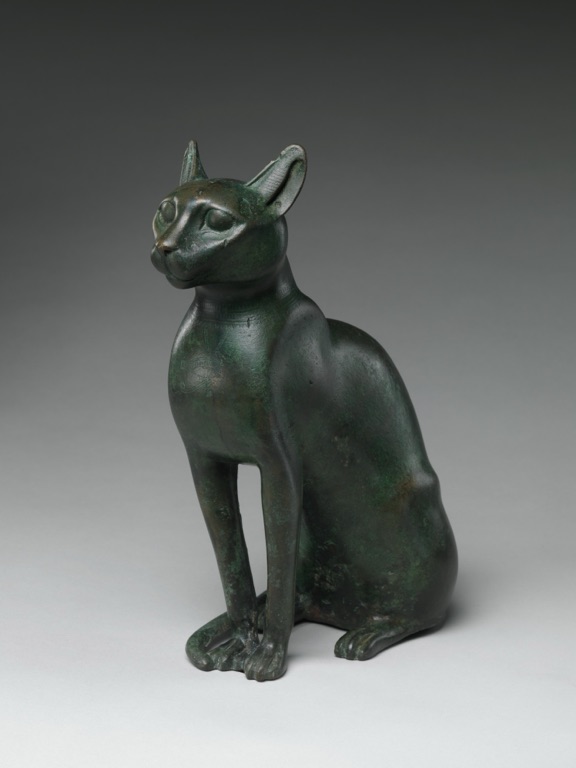
Cats in Egyptian Household Life
Egyptian literature reveals that cats held a place of honor in everyday life too. Poems and stories often personified cats. They cast them as wise and noble creatures. Texts describe them as sitting among kings and queens. They were partaking in royal affairs with the same esteem as high-ranking officials. Egyptian art also captured these moments, showing cats leisurely basking in the sun or hunting. These depictions portrayed cats as integral to both the spiritual and domestic spheres of Egyptian society.
Artistic Influence and Evolution of Cats in Ancient Egypt
As Egyptian civilization evolved, so did the artistic styles portraying cats. Starting with the Old Kingdom, cat representations grew more detailed and lifelike. Over time, illustrations showed varied activities and roles of cats. They hunted in the marshes or cuddled with children. This shift reflects a deeper understanding and appreciation of the complexities of cats’ lives. Egyptian art and literature have left a lasting legacy. They influence how we view cats as mysterious and enchanting companions today.
These are the reflections of the rich cultural heritage that ancient Egypt has left behind. They mirror a society that deeply revered and cherished the companionship of cats. The art and stories highlight the lasting bond between humans and these enigmatic creatures.
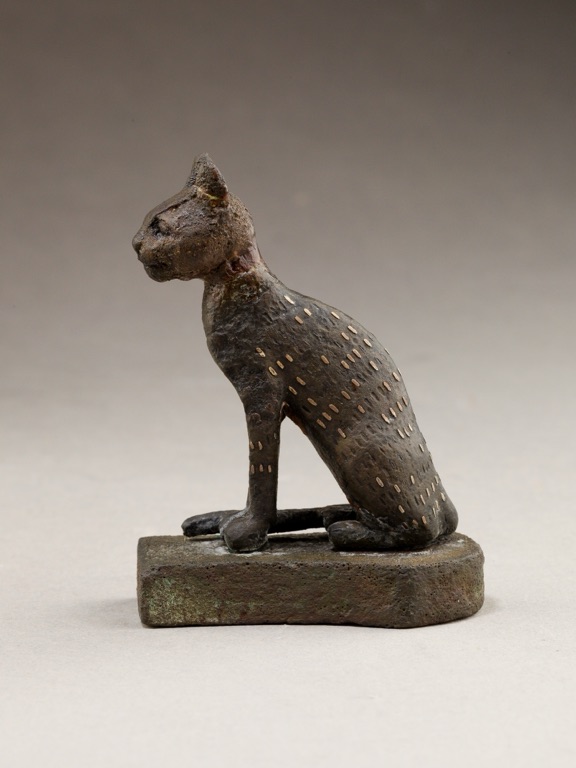
Modern Perceptions of Egyptian Cats
Cats in Ancient Egypt: A Symbol of Mystery and Grace
Ancient Egypt casts a long shadow over modern imagery of cats. Today, we often see them as enigmatic creatures. They carry an air of grace and poise that reminds us of their sacred role in ancient times. The Egyptian Mau, with its spotted coat, is one such breed. It draws us back to a world where cats were divine. They link us to the past with their majesty and demeanor. They remind us of Bastet, the Egyptian goddess often depicted as a lioness. In houses and Internet culture, we honor their mystique. Photographs and videos showcase their agile movements, echoing ancient worship. They are not just pets but symbols of a timeless allure that we continue to be fascinated by.
A Muse for Art and Literature
Modern art and stories also reflect our fascination with these feline enigmas. Cats in artwork often take on the poised and serene qualities we associate with the cats of ancient Egypt. Writers and artists paint them as wise, savvy, or sometimes, as mystical beings with insight beyond our understanding. This view extends beyond the physical world into literature and the digital space. Here, cats guide characters through dreams and serve as totems for ancient wisdom. We attribute a level of knowing to them that transcends their animalistic nature. This reverence draws from the respect the ancient Egyptians had for their feline companions, a respect we embrace and reinterpret in contemporary creativity.
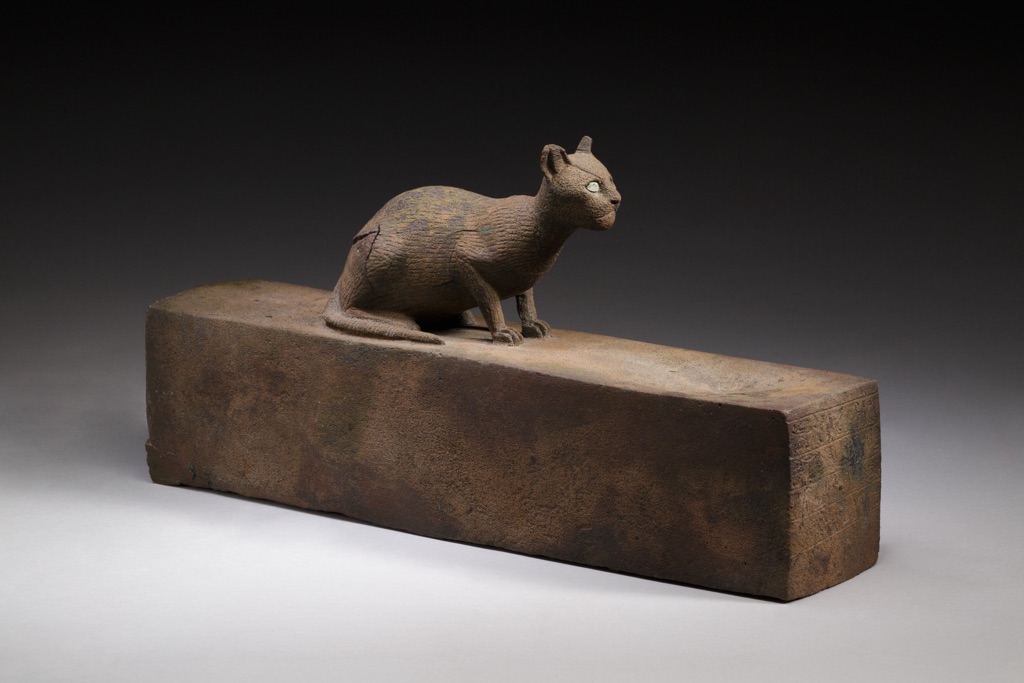
Cat Worship in Modern Times
The appreciation for cats has blossomed into a new form of admiration in present-day culture. It mirrors the way Egyptians revered their feline friends. In today’s society, cats rule the digital world as viral sensations. Each hashtag and meme is a small tribute to their ancient status. We cherish their independent spirit, just as the Egyptians did. Like the rulers of the Nile’s banks, we find joy in their companionship. They serve as our connection to a mystical past. Our homes have become their temples where we celebrate their unique personalities and quirks. In essence, the modern admiration for cats is a continuation of ancient traditions, refreshed and alive in our daily experiences.
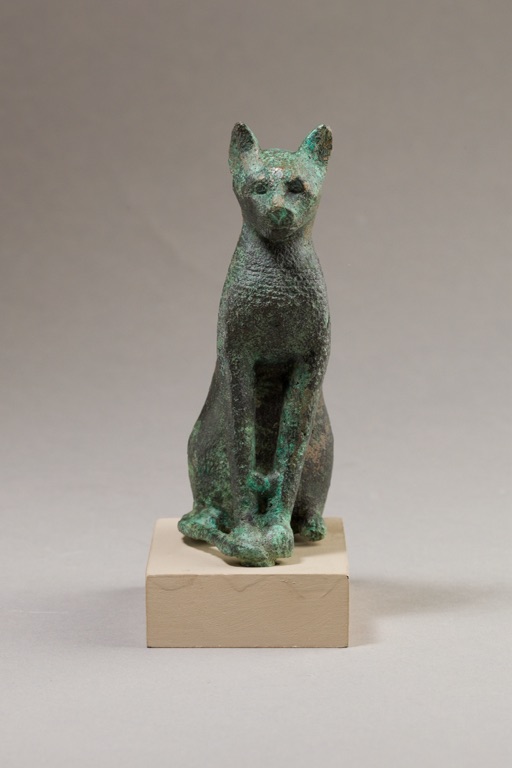
For further reading and to validate the information presented in this article, the following sources are recommended:

